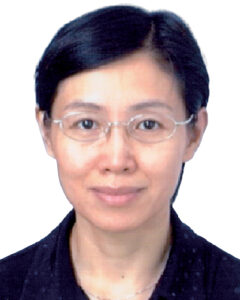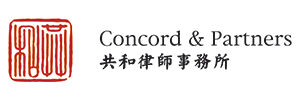Corporate taxpayers may, under certain conditions, defer payment of corporate income tax payable due to the restructuring of their business. This is referred to as the special tax treatment of corporate restructuring. As compared with ordinary tax treatment, the date when the income tax is due is pushed back to the time when the relevant assets or interests are redisposed of after the completion of the restructuring. Clearly, this is beneficial to the taxpayer undertaking restructuring.
The main regulatory documents which relate to this are the Several Issues Regarding the Handling of Corporate Income Tax on Business Restructuring by Enterprises Notice (Cai Shui No. 59), issued by the Ministry of Finance and the State Administration of Taxation in 2009, and the Corporate Income Tax on Business Restructuring by Enterprises Notice (Guo Shui No. 4), issued by the State Administration of Taxation in 2010. These two documents lay down different conditions for special tax treatment of different forms of corporate restructuring.
Forms of corporate restructuring

Partner
Concord & Partners
According to Cai Shui No. 59, corporate restructuring refers to transactions involving major changes in the legal or economic structure of an enterprise outside the ordinary course of its business. This includes the following:
A change in the legal form of the enterprise. This refers to changes to registered name, address and organizational form, such as changing from a legal person into a sole proprietorship, a partnership or other organizations which are not legal persons. The enterprise might change from a limited liability company into a joint stock limited company, or it might transfer its place of registration to somewhere outside the mainland PRC.
The structuring of debts. Where a debtor is in financial difficulty, a creditor may make concessions in accordance with a written agreement with the debtor or a court ruling. For example, non-monetary assets may be used to clear the debt or there may be a debt-equity swap.
The acquisition of equity in one company by another. The price paid by the acquiring enterprise can take various forms, including equity payment, non-equity payment or a combination of both.
The acquisition of assets. An enterprise may buy the operating assets of another enterprise. The price paid by the purchaser can take various forms, including equity payment, non-equity payment or a combination of both. Operating assets may include commercial information and proprietary technology, receivables generated from operations, investment assets, and other productive or income-generating assets.
A merger. One or more enterprises may transfer all of their assets and liabilities to another new or existing enterprise. In exchange, the shareholders of the merged enterprise receive equity or non-equity payments from the acquiror.
A spin-off. One enterprise may transfer some or all of its assets to another new or existing enterprise. In exchange, the shareholders of the transferor receive equity or non-equity payments from the transferee.
Applicable conditions
According to Cai Shui No. 59, only restructurings which meet the following conditions may apply for special tax treatment:
(1) They have a reasonable business purpose and do not have as their main purpose the reduction, avoidance or postponement of tax payment. Guo Shui No. 4 stipulates that whether a reasonable business purpose exists can be judged according to the following criteria: the type of transactions employed; the form and substance of those transactions; the potential changes caused to the tax status of the parties to the transaction; the resulting changes in financial position of the parties to the restructuring; whether the restructuring causes any exceptional economic benefits or potential obligations to the parties which would not occur under normal market principles; and details of the participation of non-resident enterprises in the restructuring.
(2) The ratio of assets or equity acquired, merged or spun off should comply with the ratios set out in Cai Shui No. 59. In equity acquisitions the equity acquired should be at least 75% of the total equity of the acquired enterprise; in asset acquisition the assets acquired should be at least 75% of the total assets of the transferor.
(3) There is no change in the business activities of the restructured assets for 12 months after the restructuring.
(4) The amount of equity payment involved in the restructuring complies with the ratios set out in Cai Shui No. 59. For example, in equity acquisitions, asset acquisitions, mergers and spin-offs, the amount of payment in the form of equity is at least 85% of the total amount paid.
(5) The original main shareholder who receives payment in equity as a result of the restructuring cannot transfer that equity for 12 months after the restructuring. Original main shareholder means a shareholder who originally held over 20% of the equity in the transferor or acquired enterprise.
The date of restructuring
According to Guo Shui No. 4, 12 consecutive months refers to the 12 months commencing from the date of restructuring.
In the case of debt restructurings that means the effective date of the debt
restructuring contract or agreement.
In the case of equity purchases it is the date the transfer agreement comes into effect and the procedures for the change in the equity are completed.
In the case of asset purchases it is the date the transfer agreement comes into effect and the assets are actually transferred.
In the case of a merger it is the date the acquirer obtains ownership of the assets and the change in the industrial and commercial registration is completed.
In a spin-off, it is the date the spun off enterprise obtains ownership of the assets of the transferor and the change in the industrial and commercial registration is completed.
Hu Xiaodong is a partner at Concord & Partners in Beijing

37 Maizidian Street
Chaoyang District
Beijing, 100026
Tel: +86 10 85276468
Fax: +86 10 85275038
E-mail: huxiaodong@concord-lawyers.com
www.concord-lawyers.com





















